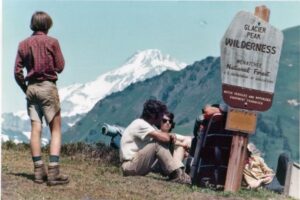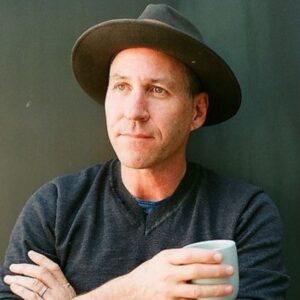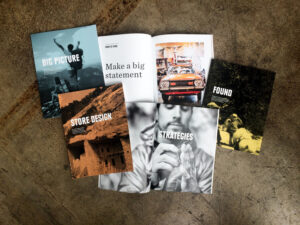
MEET: Phil Otto
For the uninitiated, can you let us know what about yourself, and your journey to where you are today?
Starting as a kid in the northwest – the young anthropologist.
Stanford to SFAI and beyond.
Headlands Center for the Arts to UO and Anthroplogie.
Tell us about your perspective on the pandemic’s effect on city planning – how has the great awakening changed the way designers and architects approach projects in suburban areas, now vs 10 years ago?
It’s the great reset. People were already changing their approach to life and work, but it added fuel to that.
It was the ‘build it and they will come’ formula. Now it has become all about ‘what are you offering that I can’t do at home, and why is it worth the trip?’ So that puts culture and community at the forefront of the thinking which is actually quite positive and wonderful, right?
As a society – we’re growing further and further apart. As a designer and a cultural anthropologist – what role can design play in bringing them back together.
We are in the throes of growing pains to the digital age, so we’re closer than ever in some ways. But – we are physically further apart most of the time – isolated. So we also start to crave seeing others, gathering, the five senses. So design now centers more on food experiences and experiences and events generally. You don’t need to get out to get ‘stuff’. You now need to go out to connect. Connect with your senses and the community you care about and that gets you.
When I rebranded the spaces for REI from Recreational Equipment Incorporated to REI Co-op I emphasized that they should act like a co-op, not a corporation. They didn’t have stores to sell gear as much as they needed spaces for the community to gather. For example – each location has a community room for meetings.
FOLLOW UP: This is a really interesting idea – culture as connection – it makes me think back to your days with Urban Outfitters. That felt like a real space as well where “indie kids” could connect with other “indie kids” – can you talk a little bit about how you got approached by them to help create that space, and how your formative years in the Seattle community aided in bringing that about? Also, what other retail projects you’ve worked on speak to that idea?
Obviously Ai is having a moment in design – do you see a future where humans are almost entirely removed from the design process? Does that terrify you?
Design is a tool to listen to an audience and reflect the culture well. So AI appeals to me as a way to do that even better, down to ever greater detail. I love that Spotify knows what I will like and gives me a playlist with things I wasn’t aware of that are perfect for me. So I see the same thing happening with design for spaces at all scales. Let it support the more generic aspects of the process, which frees up the human element to be more focused on surprise and delight moments. Then you can go deeper into the cool aspects of the design than ever before. So I say bring it.
Give yourself a magic wand – you’ve achieved success beyond your wildest dreams. In 10 years, what’s your works impact on the world?
I think design does make the world better for people – more livable. My magic wand moment puts me in a place in my career where I can create positive change for the most people in ways that resonate into the future. I love going to scale. I still enjoy doing a pop up design, but I can say the civic scale is quite a thrill! And it’s a privilege to be allowed to work in that arena that I’m grateful for.




